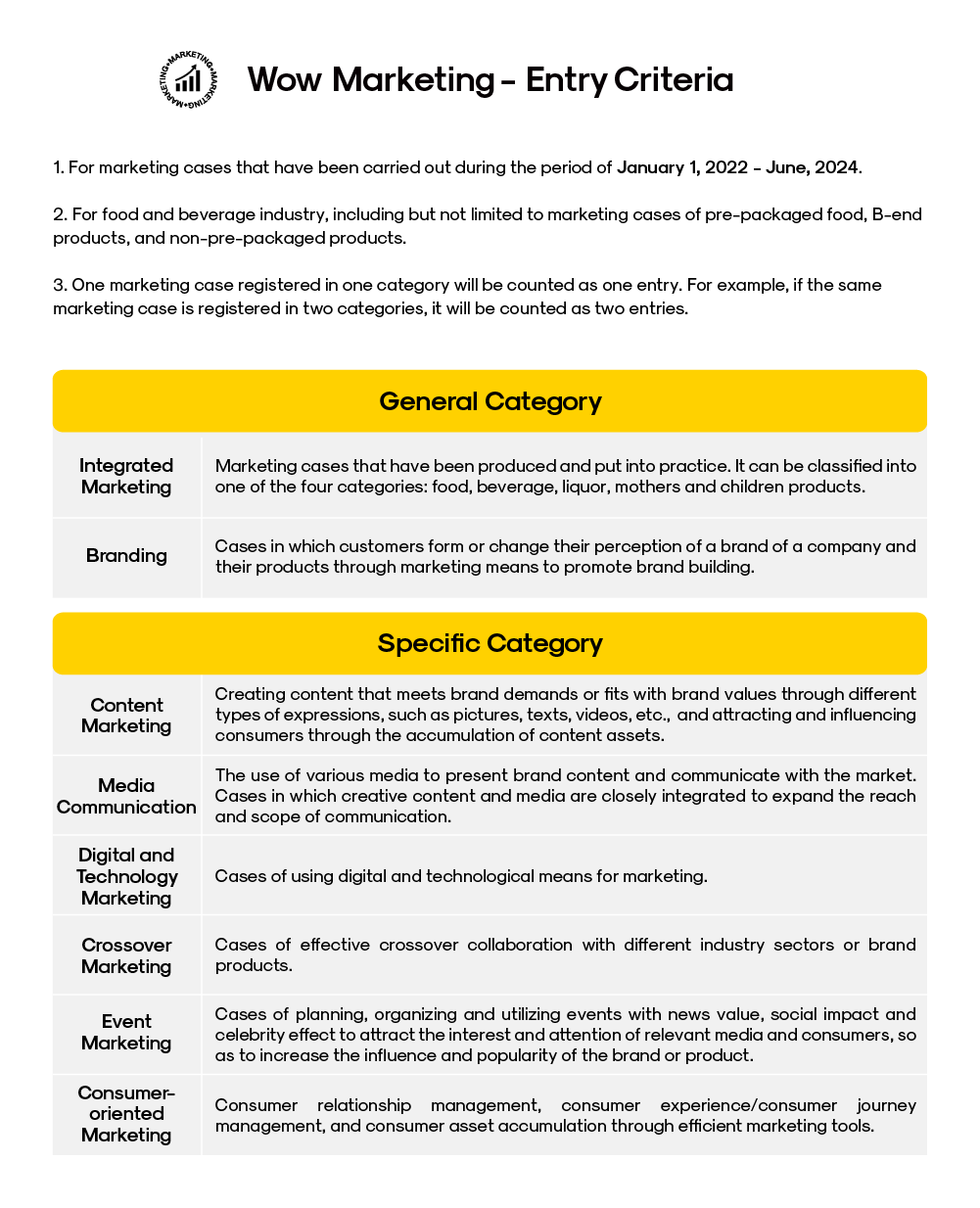Comprehensive Guide to Creating a Journal Entry for Loan Payment: Step-by-Step Instructions and Best Practices
#### Journal Entry for Loan PaymentWhen managing finances, understanding how to accurately record a journal entry for loan payment is essential for maintain……
#### Journal Entry for Loan Payment
When managing finances, understanding how to accurately record a journal entry for loan payment is essential for maintaining clear and precise financial records. This process not only helps in tracking your liabilities but also ensures that your accounting practices adhere to the principles of double-entry bookkeeping. In this detailed guide, we will explore what a journal entry for loan payment entails, the components involved, and provide you with a step-by-step approach to effectively document these transactions.
#### What is a Journal Entry for Loan Payment?
A journal entry for loan payment is a formal record in your accounting system that captures the repayment of a loan. This entry is crucial for both personal and business finances, as it reflects the reduction of liabilities and the allocation of cash or other resources to settle debts. In accounting terms, a loan payment typically involves a debit to the loan liability account and a credit to the cash or bank account.
#### Components of a Journal Entry for Loan Payment
1. **Date**: The date when the loan payment is made.
2. **Accounts Involved**: Typically, you will need to record:
- The loan payable account (a liability account)
- The cash account (an asset account)

3. **Amount**: The total amount of the loan payment, which may include both principal and interest portions.
4. **Description**: A brief note explaining the nature of the transaction, such as "Monthly loan payment for vehicle financing."
#### Step-by-Step Instructions for Recording a Journal Entry for Loan Payment
1. **Identify the Payment Details**: Gather all necessary information regarding the loan payment, including the amount, date, and any interest that may be included.
2. **Determine the Accounts**: Identify the accounts that will be affected by the transaction. For a typical loan payment, you will debit the loan payable account and credit the cash account.
3. **Record the Entry**: Using your accounting software or a manual ledger, enter the journal entry. For example:
- **Date**: [Insert Date]

- **Debit**: Loan Payable Account (e.g., $500)
- **Credit**: Cash Account (e.g., $500)
- **Description**: Monthly loan payment for [Loan Purpose]
4. **Verify the Entry**: Ensure that the entry is balanced, meaning the total debits equal the total credits. This is a fundamental principle of double-entry bookkeeping.
5. **Maintain Documentation**: Keep records of the payment, such as bank statements or payment receipts, for future reference and auditing purposes.
#### Best Practices for Journal Entries Related to Loan Payments
- **Consistency**: Regularly record loan payments to maintain accurate financial records. This practice helps in tracking the outstanding balance of loans over time.

- **Detailing Transactions**: Always include detailed descriptions to clarify the nature of the payment. This will assist in audits and financial reviews.
- **Reconciliation**: Regularly reconcile your loan accounts with your bank statements to ensure that all payments are accurately recorded and discrepancies are addressed promptly.
#### Conclusion
Understanding how to create a journal entry for loan payment is a fundamental skill for anyone managing loans, whether for personal or business purposes. By following the steps outlined above and adhering to best practices, you can ensure that your financial records remain accurate and up-to-date. This not only aids in effective financial management but also prepares you for potential audits and financial assessments in the future. Remember, clear documentation and consistency are key to successful accounting practices.